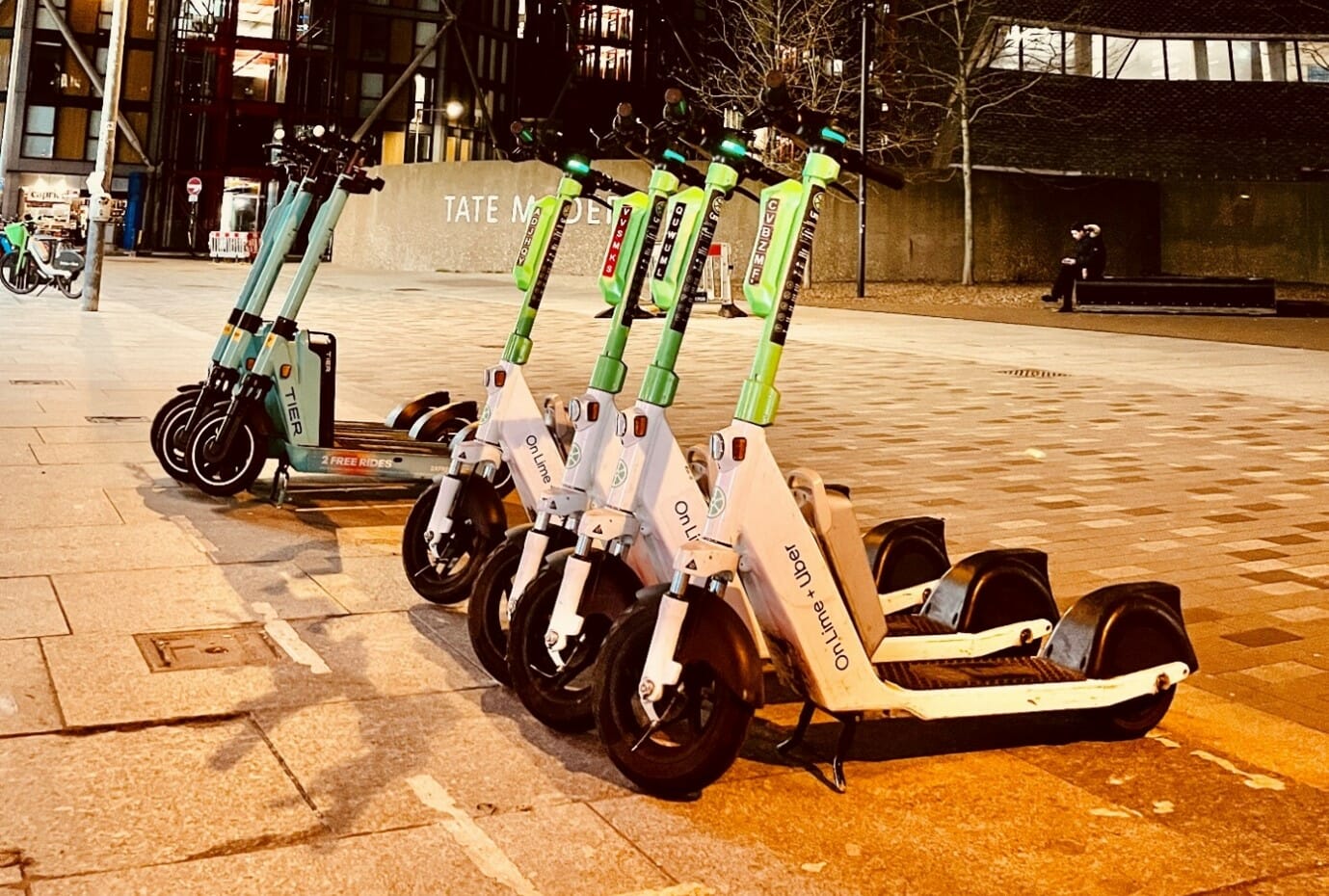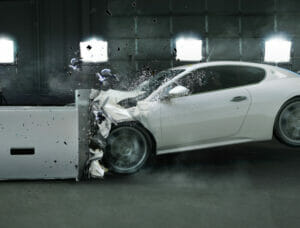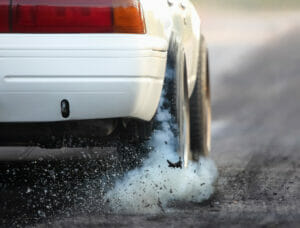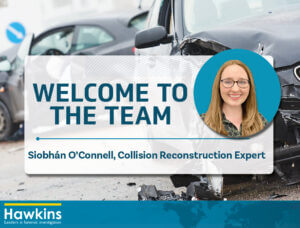E-scooters are now a common sight in the UK, particularly around cities and urban areas. A convenient micro-mobility solution, a scourge on the roads, or something in-between – opinions on their place in the transport hierarchy varies. Given the lack of rider protection and their relatively small size, e-scooter riders could be considered vulnerable road users, but are they themselves harmless?
Casualty numbers from incidents involving e-scooters in Great Britain increased between January 2020 and June 2021, including e-scooter riders and pedestrians. The number of collisions involving e-scooters almost tripled from 460 in 2020 to 1,280 in 2021 with nine deaths in 2021 (all of whom were e-scooter riders) compared with one in 2020[1].
E-scooters fall within the definition of a ‘motor vehicle’ as set out in the Road Traffic Act 1988. The legal position on using e-scooters can be broadly divided into whether the e-scooter is privately owned or part of an approved government trial running in certain areas.
Privately owned e-scooters can only be used without legal restrictions on private land, where there is no public access, and the landowner has given permission. It is illegal to use a privately owned e-scooter on public routes including pavements, footpaths, cycle tracks, cycle lanes on roads, or other spaces dedicated to pedal cycle use only. For a motor vehicle to be used lawfully on public roads several requirements must be met including insurance; vehicle tax and licensing; driver licensing; and the use of relevant safety equipment. Satisfying all these requirements may be difficult for the user of an e-scooter which leaves few options for their use.
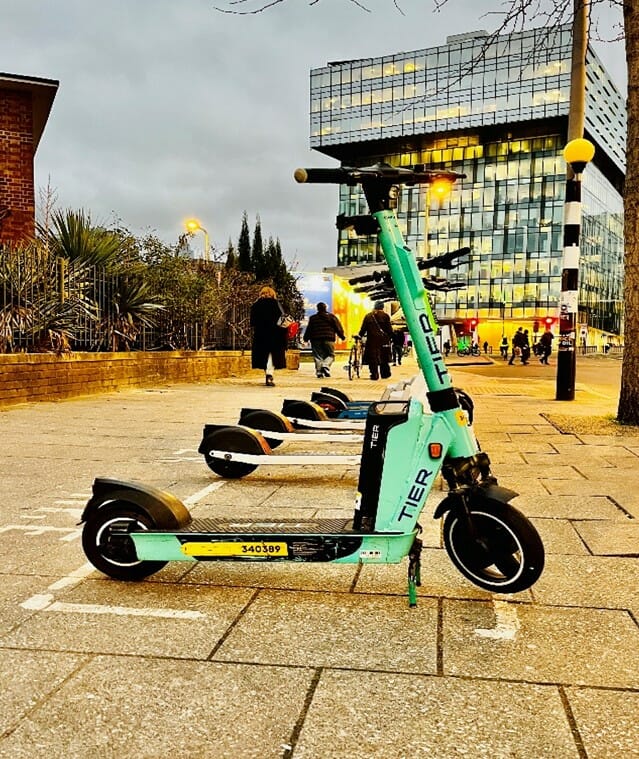
E-scooters that are part of a government trial, however, are instead subject to the Electric Scooter Trials and Traffic Signs (Coronavirus) Regulations and General Directions 2020 and can be used lawfully under certain conditions. Users must have a suitable driving licence, motor insurance is arranged by the rental operators and the e-scooters are exempt from registration or vehicle excise duty. Users must not carry passengers or ride an e-scooter while intoxicated.
E-scooters that are part of the trials are limited to a maximum design speed of 15.5 mph (a conversion from 25 km/h) in line with the speed restriction for electrically assisted pedal cycles (EAPCs) with some being limited to even lower speeds. Wearing a cycle helmet is not a legal requirement.
ARE THE RESTRICTIONS IMPOSED ON THE TRIAL E-SCOOTERS EFFECTIVE?
A trial e-scooter can weigh up to 55 kg and an independent study by crash test provider UTAC (United Test and Assembly Center Ltd) found an adult pedestrian impacted by an e-scooter at 15.5 mph could suffer moderate injury and, if the pedestrian was to hit their head on the ground as a result of the collision, the injuries sustained are highly likely to be fatal. Further testing was carried out on a smaller crash test dummy, equivalent to a three-year-old child, with the child dummy travelling more than 6.4 metres (21 feet) as a result of the impact[2].
Privately owned e-scooters used unlawfully may not be limited to 15.5 mph and some models have advertised top speeds of 60 mph. There is also the potential for scooters to be modified to increase the available power and the speeds which can be achieved.
While the lawfulness of the use of an e-scooter would be one aspect to be considered in the event of a collision, a full collision reconstruction potentially considering visibility, vehicle or pedestrian movements, collision speeds and vehicle condition would be essential to fully understand the circumstances of the incident.
This article was first published in FOIL magazine in February 2023.
ABOUT THE AUTHOR
Gavin Dunn is a Chartered Mechanical Engineer, Member of the Institution of Mechanical Engineers and Member of the Institute of Traffic Accident Investigators with over 13 years of experience in investigating all types of road traffic collisions from pedestrians to HGVs. Much of this experience was gained with Forensic Science Northern Ireland (FSNI), attending serious and fatal road traffic collision scenes immediately and providing the forensic reconstruction of collisions from the scene right through to the court room. Gavin is experienced in analysing information from various sources such as digital tachograph systems, event data recorders, or CCTV footage and he is skilled in the examination of vehicles and their components including light bulbs and tyres. He has appeared as an expert witness in numerous criminal, civil and Coroners’ Courts. Gavin is based in our Glasgow Office and can cover all of UK and Ireland.
